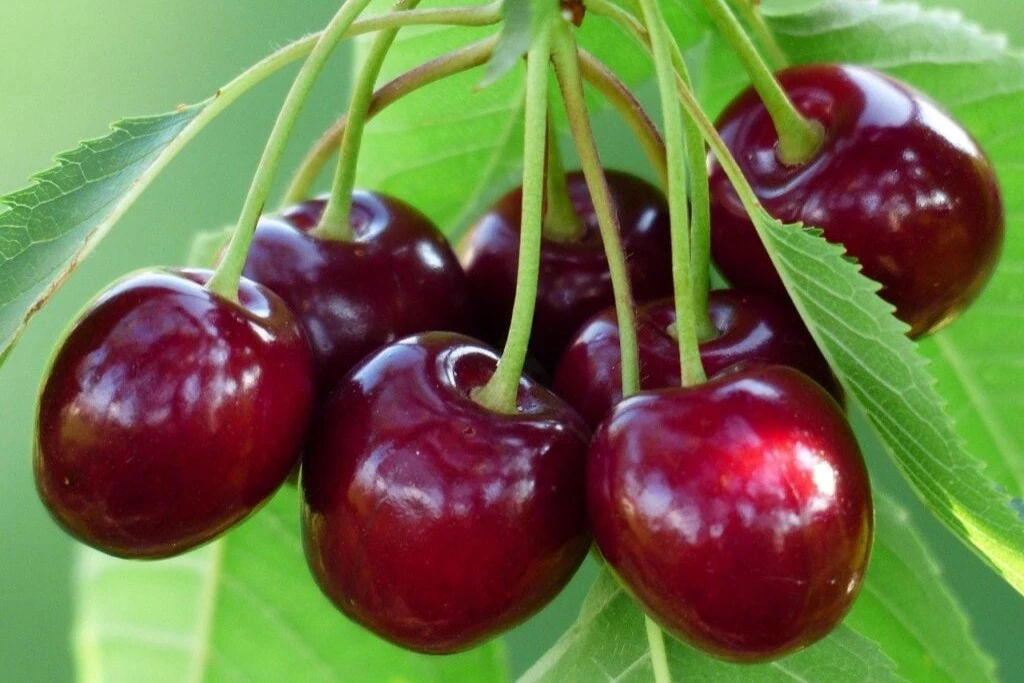For good cherry production, regular flowering and well-defined genetic relationships between the female sporophyte and the male gametophyte are necessary.
Clearly, in light of well-known climate change, high temperatures during the flowering period put fruit set at risk.
What can help is genetic diversity, but currently, cherry production is supported by a limited number of genotypes, despite numerous public and private breeding programs conducted in many countries and the continuous release of commercial cultivars.
Genetic diversity and breeding
Studies on the molecular diversity of cherry genotypes, conducted using microsatellite polymorphisms and the self-incompatibility locus (S locus), have revealed significant differences in genetic diversity between wild populations, local varieties, and modern cultivars.
This reduction in genetic diversity indicates significant losses of variability across the entire genome, which has led to a narrow genetic base for modern breeding programs.
Self-incompatibility is a critical characteristic that influences the cultivation and reproduction of sweet cherries.
This characteristic excludes fertilization by genetically related cultivars or self-pollination, thus promoting a continuous genetic exchange both within the same cultivar and between different cherry populations.
Mechanisms and research efforts
Two multi-allelic genes linked to the S locus – S-RNase and SFB – control the self-incompatibility mechanism in sweet cherry.
These genes are expressed in the style and pollen, respectively.
The aim of the research conducted in collaboration between five institutes and universities in Serbia and the University of Skopje (North Macedonia) was to classify the genetic and reproductive characteristics of cherry cultivars originating from the Balkan region ('Canetova', 'G-2', 'Dolga Šiška', and 'Ohridska Crna') and six potential pollinators.
The polymerase chain reaction (PCR) method was employed to detect S-ribonuclease (S-RNase) and haplotype S-specific F-box protein (SFB) alleles, in combination with fragment analysis and S-RNase sequencing, in order to identify S-haplotypes.
Experimental outcomes
The fluorescence microscopy method was used to evaluate the pollen/pistil reproductive behavior of the cultivars, and pollination experiments were conducted in three Balkan locations over two flowering seasons.
For the first time, a new S-RNase allele, S40, has been identified in the cultivar 'Ohridska Crna'.
In terms of primary ovule longevity, 'Ohridska Crna' also showed the greatest adaptability to high temperatures, remaining viable even at 25°C (77°F).
This attribute makes it desirable in terms of developing new cultivars that can withstand the high spring temperatures induced by climate change.
Future prospects and preservation
The results on pollen-pistil relationships and their temperature dependence reveal the potential for yield prediction and the adoption of new smart strategies for cherry production.
Finally, it is important to emphasize that even with a relatively small number of native genotypes, this form of study requires a significant amount of fieldwork and sampling in various locations, with all the challenges that such studies entail.
Therefore, to characterize, preserve, and utilize cherry genetic resources, coordinated initiatives at the European or global level are necessary.
Source: Radičević, S.; Marić, S.; Glišić, I.; Cerović, R.; Đorđević, M.; Milošević, N.; Rakonjac, V.; Čolić, S.; Popovska, M.; Gjamovski, V.; et al. Pollen–Pistil Interactions in Autochthonous Balkan Sweet Cherry Cultivars—The Impact of Genotype and Flowering Temperature. Agronomy 2025, 15, 646. https://doi.org/10.3390/agronomy15030646
Image source: Graeb
Melissa Venturi
University of Bologna (ITA)
Cherry Times - All rights reserved












